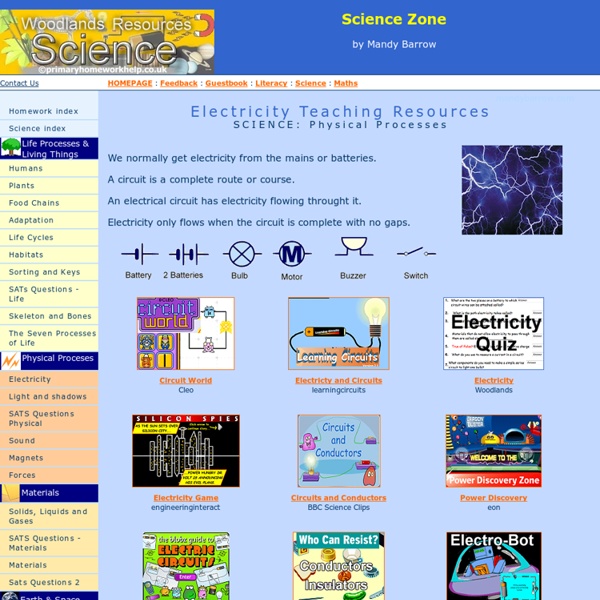



Conductors and Insulators In a conductor, electric current can flow freely, in an insulator it cannot. Metals such as copper typify conductors, while most non-metallic solids are said to be good insulators, having extremely high resistance to the flow of charge through them. "Conductor" implies that the outer electrons of the atoms are loosely bound and free to move through the material. Most atoms hold on to their electrons tightly and are insulators. In copper, the valence electrons are essentially free and strongly repel each other. Simply stated, most metals are good electrical conductors, most nonmetals are not.
UK Power Networks - Danger! Electricity is extremely dangerous. Fact. You could be seriously hurt or killed if you mess about with electrical appliances, electric sockets or electricity flexesElectric wire covered in an insulating material like plastic. in your home. Why is electricity dangerous? It always tries to find the easiest path to the groundHuman bodies contain 70% water and water conducts electric current really wellElectric current flows more easily through water than through air This means that if you get too close to power lines or a substation, the electricity could pass through the water content of your body as it tries to find the easiest way to get to the ground. Spot the Hazard Do you know how to stay safe around electricity? Try Spot the Hazard.
Electricity - safety issues Electricity - safety issues Summary Electrical incidents can be fatal but are preventable. Children are commonly injured when they poke objects inside electrical appliances or unused power points. High-risk appliances for electric shock include power tools, lamps, light fittings, hair dryers, washing machines, electric kettles, hot pots and stereos. Hire a registered electrician to check your household wiring and install electrical safety switches. Electrical incidents injure or kill approximately 16 Australians every week – 13 per cent of these occur in children aged 0–14 years. The human body conducts electricity. High-risk appliances The household items most commonly associated with electric shock include: Power tools Lamps Light fittings Hair dryers Washing machines Electric kettles Hot pots Stereos. Safety switches save lives A safety switch isn’t the same as a circuit breaker, which is designed to protect household wiring from power surges. Safety around the home Safety for children
10 Common Computer Mistakes | Tutorials | Classroom In my consulting business, I am both a teacher and a problem solver. Some of the problems I solve are inescapable, but some can be avoided. So toady I'd like to teach you how to avoid a few of the commonmistakes that can lead to real trouble in the computer world. Here is a brief list of mistakes that people commonly make. Be sure you read these. 1. If you don't have your computer, monitor, printer, and other equipment plugged into a good surge protector, you are playing with fire. 2. If you're PC is running Windows, you will want to make sure that you have a good antivirus software installed and that it is set to update automatically. ) and Avast (www.avast.com ) also offer good free antivirus programs. 3. The print head is the core of an inkjet printer. 4. Be sure you gently remove any cable that is attached to your computer. 5. All computers have air vents that are used to dissipate heat. 6. 7. 8. Laptop computers are made to be portable. 9. Be careful what you click on. 10.